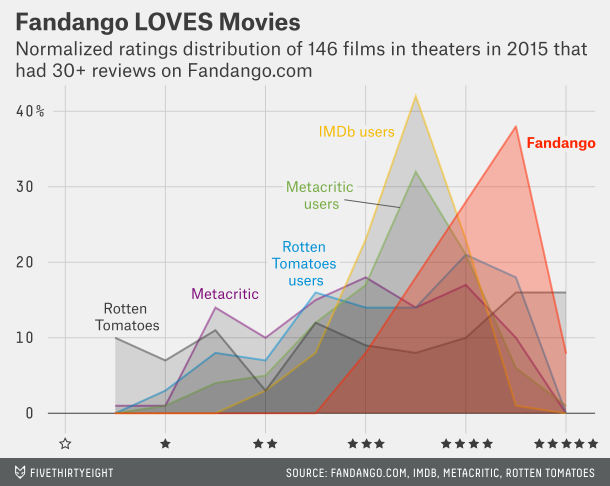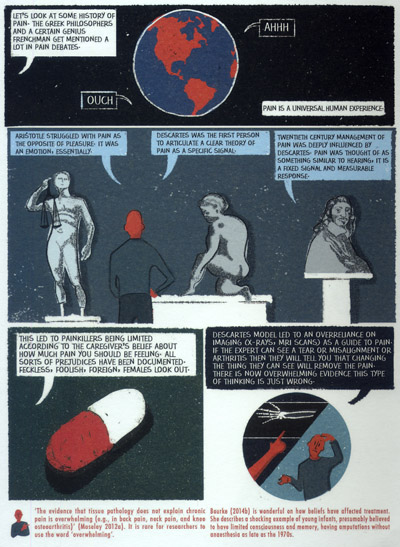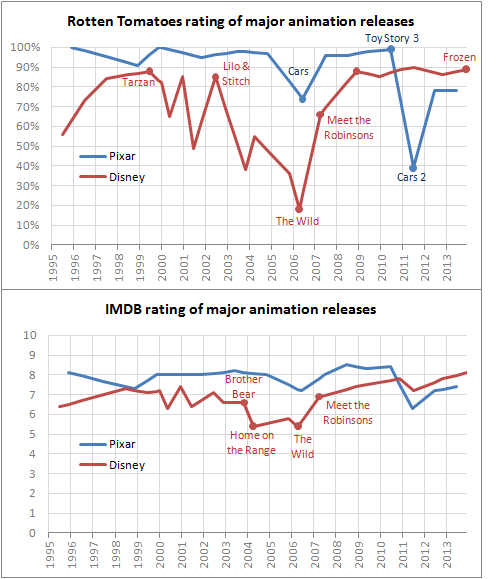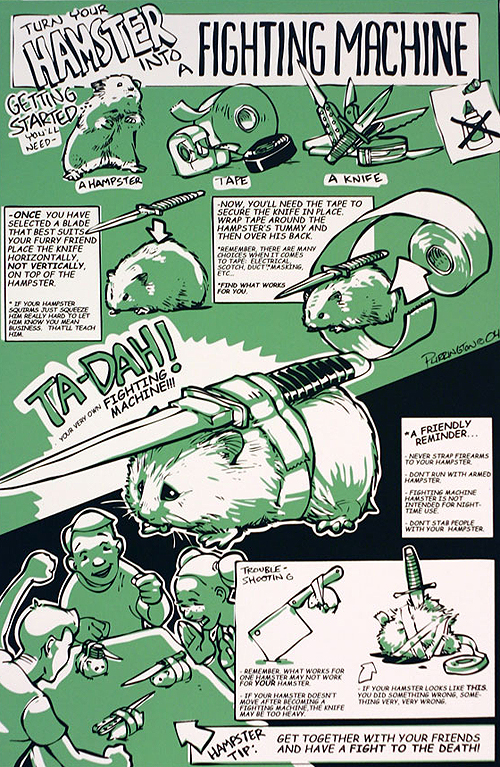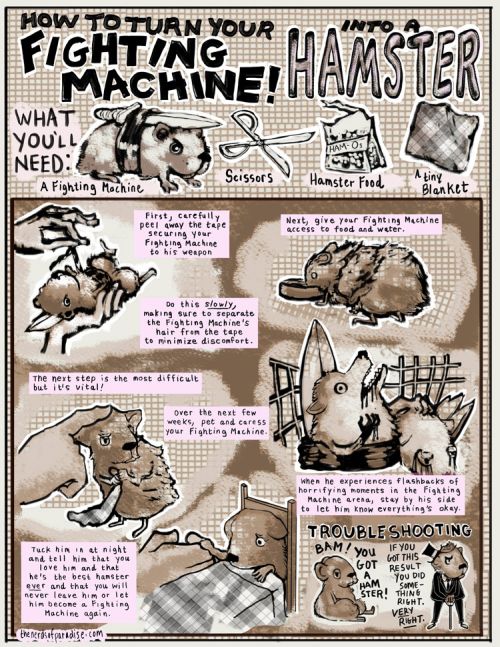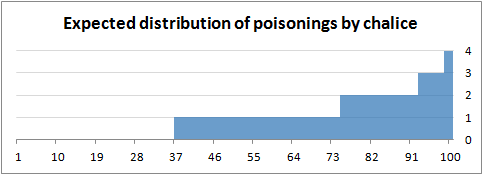Exercise for the reader, part 1
I found this very simple two-part thought exercise incredibly powerful. It’s more effective to separate the parts out, so I’ll post the first here and the second at the end, along with the source.
In your next life you can choose to be reborn as anyone, with any job, anywhere and any time – what do you choose?
I recommend giving this some thought! Feel free to think of a silly answer and a serious one, or just as many as come to mind.
Unused Muji soundtrack
In 1983 for the opening of their first store in Tokyo, Muji commissioned Japanese music legend Haruomi Hosono to create a soundtrack. As Jen Monro sums up in this excellent overview, the tracks he produced are “not as neutral, or even chipper, as one might expect for storefront use: they willfully stray into eerie, dissociative territory, suggesting hypnosis and foggy, dreamlike states.”
That’s great, but the cherry on the top is that a Youtube upload of these tracks has inspired a pattern of upvoted comments in which people provide whimsical descriptions of what the music (specifically the first track, I suspect) sounds like to them. Samples below, best read while listening to it:
“can only assume this is what it feels like to be a fungus”
fadesblue
“This is the music that plays when you get to the end of youtube.”
Carcosahead
“this is the music that plays as the credits roll on the movie of your entire life, the theater is dark and empty except for you and you know you’re going to have to get up and leave soon and you’re okay with that but you want to sit and watch all those familiar names scroll past for just a little longer.”
midnightcthulhu5551
Use-cases for text-based AI
I remember back when Wolfram Alpha was released in 2009, I tried to figure out how to fit it into my mental model of online tools. For example, as well as conveniently solving some maths problems, you can also just ask it “How old was Mark Hamill when Star Wars came out” rather than go to IMDb/Wikipedia and do some maths yourself. Well, I didn’t manage to adapt to it very well and hardly ever remember to use it in practice.
Now we have a dramatic increase in capability with AI tools of many different kinds, and once again we need to work out how best to use these new tools. (There’s also a huge rabbit-hole of data-source ethics and workforce implications which I am putting to one side for now; if you want a blog that gets more into AI stuff John B recommended Interconnected, so try that!). I feel like I’m being quite slow at picking this up, so I thought I’d share my pretty basic use-cases and ask you, the Things readers – what do you use AI for? Let’s just focus on text for now.
Examples:
- Answering vague queries, like “what was that film from the 80’s where there was a portal and weird monsters came out of it”
- Summarising long text (although I’ve found the compromises in accurate insight too great to rely on this)
- Generating a terse summary of leads on a research topic that you can then follow up via more reliable means (e.g. what are some considerations for building an interstellar spaceship)
- Code (taught to me by Beinn): Use Windsurf to get some quick game prototypes up and running – in practice I am still so far out of my depth on this that even incredibly helpful AI can’t really help me make what I want!
- Weirdly, technical help (e.g. I was struggling to find a certain system option on my Macbook, and even Google’s AI had the solution better covered than regular Google search which surfaced irrelevant answers for different make/model/OSes)
Examples I know of others using that I can’t quite get my head around:
- Using AI to coach you on challenging conversations
- Giving AI several complicated documents (e.g. small print of different insurance options) and asking it to make a decision for you that relies on understanding the full contents of the documents
So, how do you use text AI?
Animated film sequels: getting worse, doing better
I remember the old rule-of-thumb for sequels was that they would make about 2/3 the box office of the original. This might have been a bit of a self-fulfilling prophecy as studios might invest less in the sequel given how reliable that revenue could be regardless.
In recent times, with franchises making so much money, some of that calculus has changed, and my sense is the success of a sequel is much less predictable.
Most notably though I realised animated sequels seemed to almost always make more money than the original. To test out that hunch, I charted the difference in global box office for each of the top grossing animations with sequels, and put it against the difference in IMDb rating. The results are pretty dramatic:

Sure enough, every animated sequel made more money than the original – and with exception of wild outlier Ne Zha and also Spiderverse, was also worse based on IMDb ratings!
It feels like animated films in particular are being chosen by parents who have a strong desire to find something reliably entertaining for their children. The fact a film got a sequel is an endorsement (Ian’s suggestion), and I think children can also show a very strong interest in the orginal in home media, and that gives parents more confidence to take them to the cinema for the sequel. These effects may even artificially reduce box office of animated originals!
The largely consistent decline in IMDb rating of sequels could be covered by the effects I wrote about in Paradoxic Fandom.
Russian Disinformation
I read a long time ago that Russia had state-funded ‘troll farms’ generating content on social media with the intent to manipulate the Western audience towards their own ends. Having worked in marketing, I was doubtful about how effective this could be as I knew how hard it is to shift anyone’s opinion.
But first, a weird tangent before we go on:
- Web analytics tools will frequently use extra text in a link in order to report information about it, for example adding something like “source=potatoes” to indicate a link came from this blog
- By default this data is not sanitised, so you can manually edit the text of a URL (for example change ‘potatoes’ to ‘hello-world’), and when you then follow that URL, you can pass through a fake campaign name which an analyst may then see. For example, when I worked at Skype and looked at the web site visitors by source, I saw 1(one) visit from a campaign called “i-hate-bill-gates”!
- On my own websites, I would routinely see clicks from these manually-faked campaigns where the text they have added is for some kind of website they want me to purchase things from – it’s a spam vector!
- This problem got so bad I even started to see spam links selling the ability to stop this from happening (meta-spam!)
- … but to return to the original point, in 2016 I got a wave of these fake campaigns all saying words to the effect of ‘elect Trump’
- The fact someone somewhere was doing that to such an extent that even my tiny websites were caught up in it tends to make me believe a larger operation was at work, but of course I can’t infer who.
End tangent
The idea that Russia’s online efforts might actually be effective gains credibility for me when I recall two things:
- Social media has a strong pareto effect: a very small number of people account for a very large number of posts.
- We often form our ideas about what is happening not by careful consideration of credible sources, but by what we tend to see evidence of repeatedly (e.g. a newspaper repeatedly reporting on a particular type of crime makes people think it’s a big deal, rather than a careful consideration of crime statistics)
If you then combine that with social media’s built-in tendency of pushing inflammatory content (because algorithms prioritise engagement and this is one of the easiest ways to get it), it suddenly becomes much more credible to me that this sort of campaign could help drive the kind of increasing polarisation we’ve seen in the West.
Despite all of that, it still felt a little bit like a conspiracy-theory to me, which is why this Reddit post is very helpful to substantiate the idea – it gives a long sequence of examples and credible citations for each, making the primary contention, “You’re being targeted by disinformation networks”, very credible:
Even having read that, I think it’s still easy to forget. For example, I saw a Reddit post by someone saying they worked for the US Government and will soon be fired; their Republican-voting parents’ response was that “there are plenty of jobs at McDonalds”. How heartless! Their own child!! These Republicans!!!
Now, it remains possible that this is a true story (actually because of this very problem), but it does also seem like exactly the kind of thing you might fabricate if you wanted to further polarise things.
At minimum we should remember that this sort of content is anecdotal evidence of behaviour at best, so should be considered relatively low in terms of how much it shapes your opinion on what is really going on.
(Of course, this is just one aspect of Russia’s grey-zone aggression, this Observer summary of interference in democracy in Moldova is quite salutary and has this excellent quote:”Moscow wants to show that it can use all measures short of outright invasion to keep nations it sees in its “zone of influence” chronically destabilised.”)
An ethical interaction with Sugar Gliders
I found this promotional flyer for ‘Cuddly Colony’ in Brighton. I just really love the way they promote this thing – looking at cute animals in a very serious and carefully considered way:

Do note that it’s about £45 for this ethical interaction and I can’t vouch for it personally.
Exercise for the reader, part 2
As a reminder, part 1 was as follows:
In your next life you can choose to be reborn as anyone, with any job, anywhere and any time – what do you choose?
Do you have something in mind? If not, just think of something now! The first thing that pops in to your mind may well be springing from your subconscious!
With that fresh in your mind, here is the second part:
Given you desire that alternative life on some level, and that reincarnation is not real*, what could you do in your own life to get some way towards that desire?
For example, if you imagined being a cowboy, could you at least go horse-riding? If you wanted to be an astronaut, perhaps you could get a telescope? If you want to be an author, could you just write a short story?
The world is so full of incredible possibility (as a random example, you could go to Asda and buy an item for each letter of the alphabet), that it can be very hard to work out what to do, especially over the long run. I found this exercise extremely helpful.
I encountered it in Julia Cameron’s The Artist’s Way, a book that Clare got me and I found very inspirational. It is based on Cameron’s long-running workshops to help people be more creative, and to overcome creative block (or really anything that acts as a block to creativity). Like Alcoholics Anonymous, it is a 12-step program, and also like AA weirdly involves God – but Cameron helpfully outlines how the process can be made useful even for an atheist. For example, she might say it’s helpful to have as a mantra “Great Creator, I will take care of the quantity. You take care of the quality”, but instead of God/Creator you can just make it a general trust in the process, or a faith in your subconscious, and the effect is much the same.
I highly recommend the whole book, to everyone, but if you were to just take 3 things from it, one is the above exercise, and the other are these two simple habits that facilitate the creative process:
- Morning Pages
Each morning, write three sides of hand-written text. There is no goal of what to write about, and you should not re-read it or share it afterwards. You just write and see what comes out. My experience is this kind of cleans out your preoccupations that cloud your mind, often turning them into concrete actions for a to do list, and this then leaves space for more creative thoughts. (In practice I only make time for this 2 times a week, but it is still useful!) - The ‘Artist’s Date’
Cameron’s mental model is that you have an ‘inner artist’ which is very childlike and needs pampering before it can create. To do this, you should take your inner artist (i.e. yourself) on a ‘date’: 2 hours each week doing something nice – something that appeals to you intuitively, something that do on your own, that can be inspirational, or just expose you to new things, to distract you just enough that ideas can come to you naturally. This could be watching a film, going for a walk where you haven’t been before, going to an art gallery – or (I think) a lot of things you might do while listening to a podcast, just without the podcast so you are free to think. This better enables the inner artist / subconscious to create moments of inspiration.
So, when being reincarnated, what do I want to do? A lot of things, but notably I really want to write stories and make weird games. I do already do a little bit of both, but I should do more!
*Reincarnation without memory is indistinguishable from no reincarnation in the life we lead today. Reasons to doubt reincarnation in general are left as an exercise for the reader.
- Transmission ends





